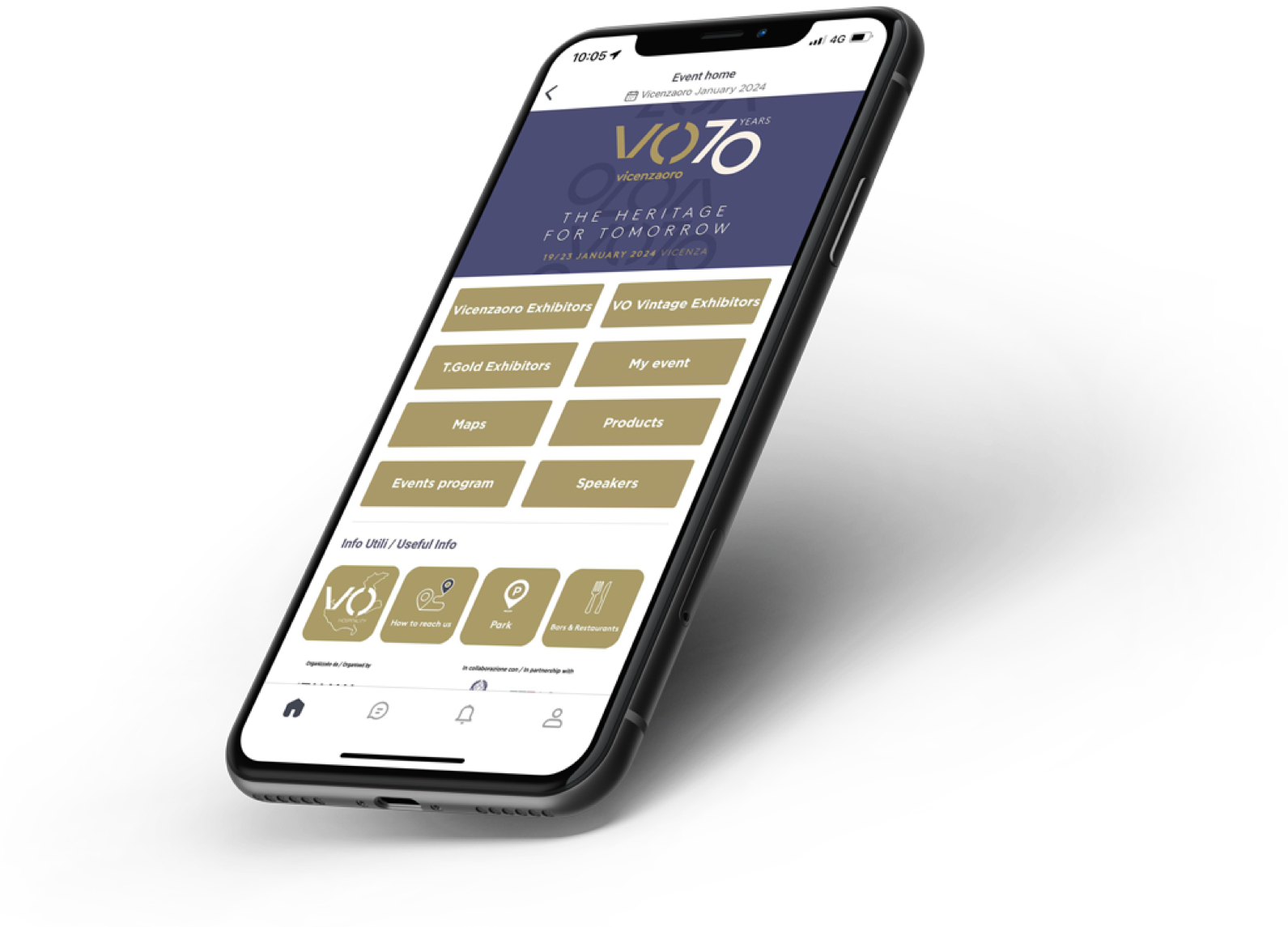How luxury goods are being consumed today, according to Intesa Sanpaolo

An important sign of recovery in luxuryrelated consumption comes from international markets, especially the Asian and American markets where consumer behavior has started up again more quickly.
According to Intesa Sanpaolo's Studies and Research Department, in a period of travel restrictions, the Chinese have purchased directly within national borders with greater recourse to the online channel and duty free in destinations such as Hainan and Macau, thanks to Beijing's policies that have raised the ceiling on tax-free spending, with a +27% growth estimate for Chinese consumers (source: Altagamma).
Among the various trends that have emerged, companies should note that consumers are showing an ever-increasing sensitivity towards the values that brands convey: more than 6 out of 10 consumers (7 out of 10 in the case of Millennials and Gen Z) are aware of the influence that sustainability and inclusion have on their decision-making process.
By investing in e-commerce and digital marketing, companies will be able to latch onto the growth linked to online channels and boost sales in physical shops as part of an ever-greater integrated purchasing process, which brands need to guarantee by means of a fluid crosschannel experience. In general, the worldwide demand for gold jewelry consolidates in the second quarter of the year (+60%) the rebound already recorded in the first three months of 2021 (+54%). The Italian goldsmith sector is showing a good ability to catch these signs of recovery with a turnover up 80% compared to the lows of the first half of 2020, but that, above all, is already 8% higher than the same period of 2019.
Even Italian gold jewelry exports have already recovered pre-crisis levels both in quantity (+3.6%) and in value (+0.4%), thanks mainly to the pull of the United States, back to being one of the engines of growth in the sector.
Federica Frosini, Editor in Chief VO+






